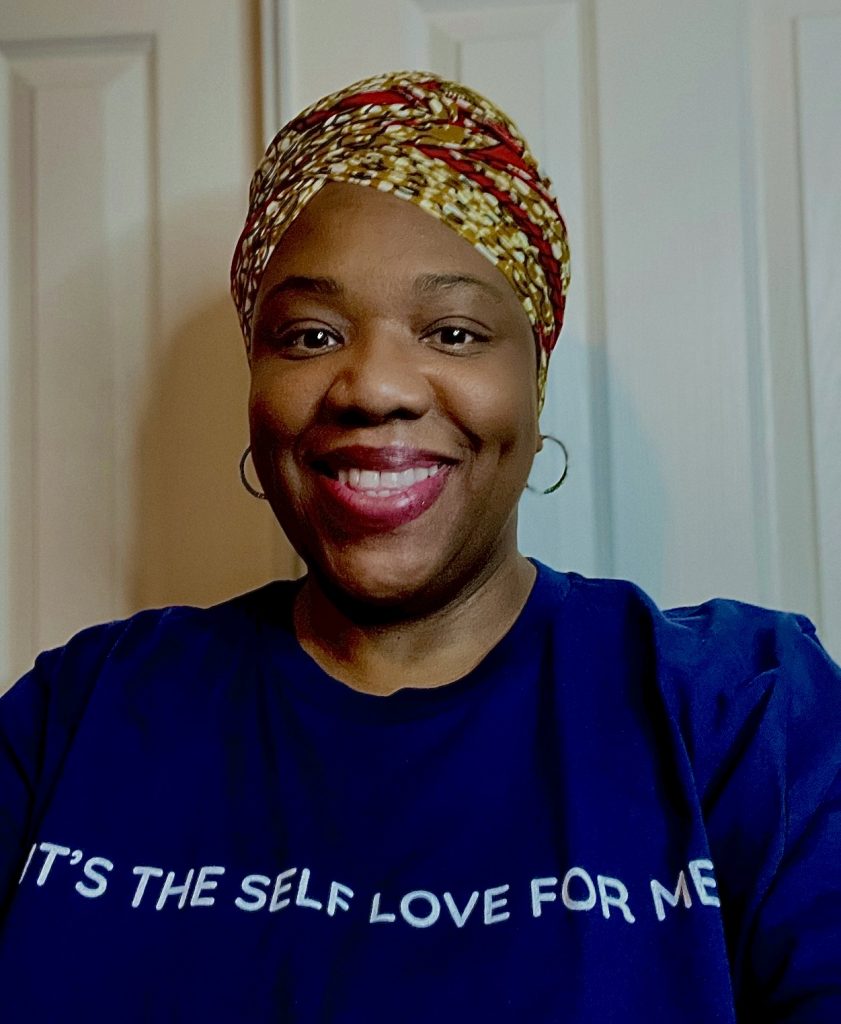What is Pickleball?
Pickleball is a dynamic and rapidly growing sport that blends elements of tennis, badminton, and ping-pong. The game is played on a rectangular court.
Players use solid paddles to strike a perforated plastic ball. One can play pickleball in singles or doubles. . A player must win by at least two points to win a game, typically played to 11 points. The scoring system ensures engagement, only the serving side earns points. Pickleball fosters a fun, interactive environment of friendly competition while improving their physical fitness and coordination.
The History of Pickleball in the United States
Joan Pritchard, Bill Bell, and Barney McCallum created Pickleball in 1965. America’s most beloved recreational sports is a makeshift combination of tennis, badminton, and ping pong They played on a badminton court.
The name “pickleball” is attributed to the family dog of one of the founders, named Pickles. It is commonly recalled that the dog would chase after the ball, hence associating its name with the new sport. Another interpretation suggests that the term was derived from the term “pickle boat.”
Throughout the early years, pickleball remained a grassroots activity predominantly enjoyed in backyards and community courts but began to gain momentum in the 1970s. The establishment of the USA Pickleball Association in 1984 marked pivotal moments in its evolution. This organization aimed to standardize the rules, promote the sport, and organize competitive events. The growth was exponential in the following decades, with leagues, tournaments, and championships sprouting up. Today, pickleball is enjoyed by players of all ages and skill levels, with millions actively participating across the United States. Its accessibility transformed the game from a simple backyard pastime into a nationally recognized sport embraced by diverse communities.
Why Is Pickleball So Popular?
Pickleball’s surge in popularity has several contributing factors. The low-impact nature, which makes the sport easily accessible to players of all ages, particularly older adults.
The increased accessibility provided by community centers and the establishment of dedicated pickleball courts. Many localities have recognized the demand for a sport like pickleball and have allocated resources to build specialized facilities. These courts are designed to accommodate players, making it easier for newcomers and enthusiasts to practice regularly. The growing availability of such venues facilitates social interaction and fosters a sense of community among players.
The impact of organized competitions and the role of the United States Pickleball Association (USAPA) cannot be overlooked. National championships and local tournaments create an exciting environment for players. Events sanctioned by the USAPA help disseminate knowledge about the sport, promote good sportsmanship, and establish formalized rules.
Playing Pickleball: Community and Culture
Pickleball has quickly evolved into more than just a sport; it has cultivated a vibrant community. The game appeals to individuals across various age groups and backgrounds. The inclusive nature of pickleball creates an environment where players, regardless of skill level or experience, can come together.
The informal yet competitive atmosphere surrounding pickleball attracts enthusiasts. From local parks to dedicated pickleball clubs and formal competitions, these venues serve as gathering places where people unite. Players find camaraderie, reinforcing the idea that pickleball is not just about winning but about friendships and belonging.



